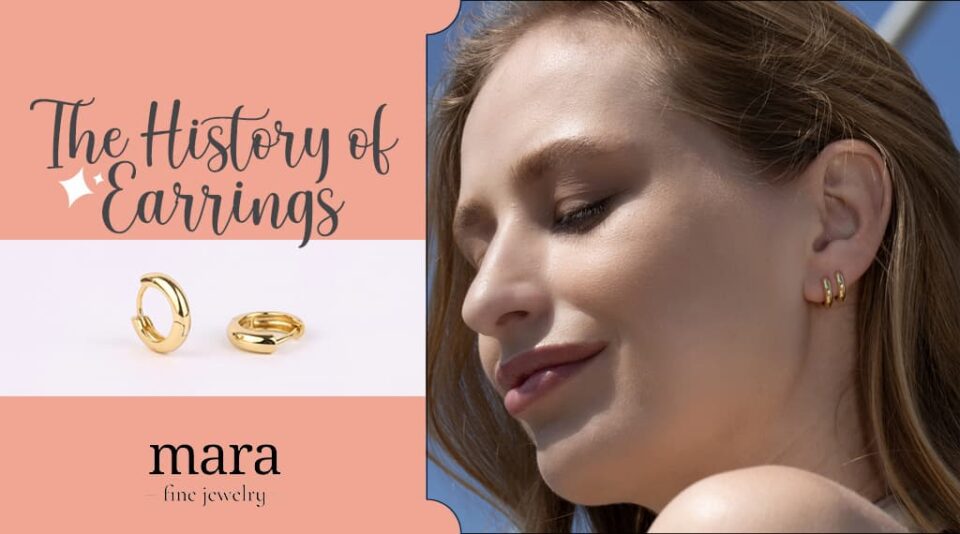
- by Mara
- April 28, 2024
- Blog, Trends and Styles
- Comments:1
Earrings have captivated human societies for more than 7000 years. From ancient civilizations to contemporary fashion trends, earrings have played a significant role in shaping personal style. Whether men or women alike wear haute couture hoops made out of expensive metals, funky studs, or gauge earrings, they are one of the most commonly worn jewelry pieces in the world.
Table of Contents
ToggleEarrings don’t only represent a fashion statement; historically, they embrace cultural identity, tribal affiliation, and social status. They have gone through many ups and downs – from being banned by the Church to being a symbol of resistance by thieves and pirates to changing from big, flaunty designs to more elegant, smaller studs.
In this blog, we will cover the origins of earrings by the ancient Sumerians, from what earrings were made in ancient civilizations to the ambivalent popularity of earrings in the Middle Ages, the strong symbolization and crazy style of earrings in the 18th and 19th century, to the quick evolutionary change of earrings in the 20th century until today. We will reflect on the future of earrings and how new materials, sustainability, technological advancements, cultural and fashion influences, personalization, and customization play a crucial role.
The Origins of Earrings
The earliest findings of earrings date back to around 2500 B.C.E. Ancient Sumerian women’s earrings, typically gold hoops designed with twisted wire, beads, and pendants, were popular in the Aegean, Crete, and Cyprus. The earrings held significant cultural and religious significance for the Sumerians as they were often worn as a symbol of wealth, status, and spiritual protection.
It is known that Egyptian men and women also wore earrings that were popular among the Greeks and Etruscans. The earrings were used to show their wealth. They were usually made of gold, silver, and semi-precious stones, often featuring intricate motifs like the Eye of Horus, lotus flowers, and sacred symbols. It is known that Egyptians were buried with earrings. This process was part of funerary rituals, which symbolized the journey after life.
Another early civilization was the Indus Valley civilization, which wore earrings as an integral component of their attire. Commonly, their earrings consisted of gold, silver, bronze, or copper and were adorned with geometric patterns, animal motifs, and religious symbols. The earrings expressed identity, social status, and spiritual beliefs for them.
Other civilizations, such as the Greeks, Romans, Persians, and Chinese, also embodied their unique meanings and symbolism into earrings, reflecting their societal values, religious beliefs, and artistic traditions.
Earrings in Ancient Civilizations
Ancient civilizations shaped the way earrings were perceived. They labeled specific designs and attached significant spiritual and religious meanings to them.
In ancient Egypt, men wore earrings as a sign of wealth and high class. It is speculated that pharaohs were the first to wear earrings before the rest of the Egyptian population joined. Their designs were often made of gold, sometimes featuring gemstones like Turquoise, Lapis Lazuli, and Jasper.
The earrings served religious and protective purposes. They symbolized wealth, status, and spiritual beliefs. It is said that earrings were often worn to ward off evil spirits and promote health and prosperity. Archaeologists have found many statues and paintings of cats wearing earrings, which signifies the importance of earrings in ancient Egypt.
In ancient Rome and Greece, earrings also held a significant cultural and aesthetic value for people. They would wear studs, hoops, drop, and chandelier earrings. Hoop earrings were often adorned with intricate designs or embellishments and were quite popular with women. Chandelier earrings belonged to the wealthy and aristocratic class as they featured cascading layers of gemstones or intricate metalwork.
The earrings could hold a symbolic significance of animals, deities, or mythological figures. They hold cultural significance and reflect religious beliefs or societal values. Geometric patterns like triangles, circles, and spirals were trendy among both civilizations. They symbolized a concept of harmony and balance as these earrings were aesthetically very pleasing. Other popular motifs were natural elements like flowers, leaves, vines, and intricate filigree, characterized by delicately twisted metal wires into intricate patterns. Natural motifs symbolize the beauty of nature, fertility, growth, and renewal, while Filigree designs showcase craftsmanship and attention to detail.
Earrings had different cultural significances in ancient Greece and Rome. They showed the wearer’s social standing and wealth if they were made of gold, silver, and gemstones. They stood for a person’s religious and spiritual beliefs if they showcased gods, goddesses, or religious ceremonies. In this case, the earrings were often worn as a talisman for protection and blessings.
Earrings in ancient Rome and Greece were more than just decorative ornaments; they expressed a person’s identity, status, and cultural heritage.
Ancient India had many significant cultural rituals. One of these sacred rituals is piercing the ears at a young age. This made wearing earrings a common practice in ancient India.
Earrings were often crafted from gold, silver, copper, and gemstones. They had intricate designs that showcased the wearer’s status, community, and spiritual beliefs. The Indians believed that wearing earrings on certain points of the ear could promote health and well-being. Additionally, they were believed to balance the body’s energy and enhance sensory perception.
Jhumka earrings, with bell-like ornaments, were popular in North India, while hoop earrings with an intricate filigree design were favored in the South. It was customary for women to wear elaborate earrings to showcase their marital status and fertility.
Earrings were a fashion accessory in ancient India but also symbolized the country’s rich cultural heritage, spiritual beliefs, and social customs.
These cultures shaped the way earrings were worn and perceived significantly. Their influence lasted throughout history.
The Middle Ages
The Middle Ages showed a somewhat ambivalent relationship to earrings, as there were noticeable shifts in styles and public perception. The changing fashion trends and societal norms explain this shift.
The popular hoops and studs of ancient civilizations were overshadowed by larger and more elaborate accessories favored by royalty and the aristocracy. Earrings were worn particularly by women of the high class.
In Europe, earrings fell out of favor over time and were replaced with necklaces, brooches, and lockets. The new period’s fashion of large hats, high collars, and extravagant hairstyles covered the ears, making it unnecessary to wear earrings. This unpopularity contrasts with the continued use of earrings in other parts of the world.
In the 13th century, the Catholic Church banned ear piercing, justifying it with dogma. It stated that people cannot alter their bodies, which were created in God’s image. This made earrings popular among thieves, pirates, and the lower class.
Renaissance of Earrings
The Renaissance brought a resurgence of earrings as people started to wear voguish short hairstyles. The upper-class ladies returned to their expensive earrings, which consisted of rare gemstones and pearls. In contrast to earlier trends, smaller designs and pearls were the period’s fashion pinnacle.
The resurging popularity also went to men. There are paintings of some of the most famous people, like William Shakespeare, wearing earrings. Sailors also started to wear earrings, as it was believed that if they ever died overseas and were washed up on shore, the golden earrings would be able to pay for their funeral. Sometimes, their home port was even engraved so they could be returned to their families.
Another person who popularized earrings in society was Queen Elizabeth I. She loved jewelry and extravagant fashion, including earrings. Her influence helped solidify earrings as coveted accessories among the European elite.
Earrings were usually made from gold, silver, precious gemstones, pearls, enamel, filigree, and glass beads, as they were aesthetically appealing. Intricate filigree work, elaborate chandelier styles, pendant earrings with pearls or gemstones, and hoop earrings were popular designs among the elite.
The 18th and 19th Centuries
Earrings became more popular after the Renaissance when people started deviating from the Church’s rules. The earrings held a vital significance for the public. Young boys of single mothers whose husbands had been killed would have pierced ears, whereas the only boy in the family would wear an earring on the right ear. It signified that they were the last line of their family and were not allowed to participate in times of war if a man wore earrings on both ears.
In the 17th century, men and women started to wear pendant earrings, while men typically wore earrings only on one side. Elaborate earrings were heavy at this time and would elongate the wearer’s ears.
When the 18th century came around, many styles of earrings started to have additional rings so that women could tie them into their hair to take some weight off their earlobes.
One popular type of earring was the Girandole earring. They had a distinct design of a single gem near the earlobe and three other gemstones hanging below, appearing like a chandelier. Their appearance was often heightened with filigree metalwork and smaller accent gems to create an intricate but bold look. These types of earrings were heavy and caused earlobes to elongate. Nevertheless, this design inspired many modern earrings.
Earring styles were also influenced by elaborate wigs, hairstyles, and ornate headdresses, as people tried to match those extravagant pieces. In turn, earrings became larger and more extravagant, often featuring intricate metalwork, gemstones, and pearls. The use of expensive materials such as gold and silver was every day among the affluent, reflecting their social status and wealth.
This century introduced paste gemstones and glass stones that resemble precious gems. This allowed people to achieve the look of luxury without the high cost.
In the 19th century, these additional rings were unnecessary as the design of earrings had become much lighter due to the emerging neoclassical style. People loved to wear pendant-style drop earrings.
Queen Victoria adored wearing extravagant earrings so much that she massively influenced the fashion industry during this era. She preferred to wear long earrings bejeweled with gemstones. Towards the end of the century, Diamonds became quite popular. This made small stud earrings grow in popularity.
Industrialization led to the mass production of jewelry, including earrings. This made them more accessible to a broader range of people and led to a more diverse range of earring styles, catering to varying tastes and budgets.
The decline of elaborate wigs and hairstyles made earrings simpler, allowing them to take center stage. They became smaller and more delicate, featuring intricate filigree work, enamel detailing, and motifs inspired by nature and romanticism. Industrialization enabled jewelers to experiment with different materials and techniques—like steel, glass, and synthetic gemstones—, creating innovative earring styles.
Overall, the 18th and 19th centuries saw a change from extravagant pieces worn to complement elaborate hairstyles to delicate earrings adorned with fake gemstones. Earrings also became essential accessories reflecting the tastes and lifestyles of individuals at the time.
The 20th Century to Present
Early in the 20th century, earrings were less popular with Americans as they had become associated with loose women and immigrants. By the 1920s, earring trends had reappeared because of the popularity of costume jewelry. The longer drop-style earrings became the go-to accessory for the elaborate headdresses of the time.
This century introduced clip-on earrings, which were considered more sanitary and interchangeable.
In the 1930s, earrings were worn closer to the face to fit better with the head trends of the time. People started wearing shorter stud earrings. The 30s also brought big looks and bold colors to the palette. People loved earrings with prominent gemstones like Jet, Lapis Lazuli, Onyx, Jade, and Carnelian. In the 1940s, the design of earrings changed again. They were designed to complement the trendy padded shoulders and sculpted hairstyles.
The 1950s brought more feminine designs to match the ultra-girly clothes. During this time, ear piercings became popular, which was also the case after Queen Elizabeth II got her ears pierced. Older women still favored clip-on earrings, while teens started to get their ears pierced at home.
In the ’60s, earrings became the must-have accessory of the decade. The most favored combination was large, flashy designs, clean, straight hairstyles, and dress designs. At the same time, earrings were considered identifiers for the hippy and Beatnik communities.
The 70s brought more affordable piercing options and ones that are similar to the modern ear-piercing procedure. Department stores introduced a nurse or otherwise trained professional into their teams and started to offer affordable piercings. During this time, women started to wear earrings that made a statement, like big, oversized hoops, tasseled teardrops, and elaborate gold twists. These styles aligned with the disco and “working woman” aesthetic many women were seeking. At the same time, there was a surge in the popularity of piercings other than the earlobe, including multiple piercings in the same ear.
The 1980s saw men wearing earrings again. Big hoops, bold colors, and chunky earring styles became even more popular during this decade. This surging trend coincided with the rising love for costume jewelry.
This decade also saw the rise of the punk subculture, which embraced the unconventional and edgy aesthetics of earrings. Punks love to wear designs like safety pins, studs, spikes, and chains and wear these earrings asymmetrically for a defiant aesthetic. The punk and alternative styles introduced a DIY character to earring designs and an anti-establishment attitude.
The 1990s and 2000s brought even cheaper piercing options as teen jewelry retailers started their businesses. This trend went along with the ever-growing popularity of earrings among millennials. This time allowed different styles of piercings, for example, tragus, rook, helix, and daith earrings. They focused on updating some of the classic looks from long ago, keeping things simple, and returning to using colorful genuine gemstones in earrings rather than cheap fake stones and plain metalwork.
The piercing was readily available through various stores and could be swiftly and effectively completed on the spot for little money.
Many icons, including Queen Elizabeth II, influenced this century with her more pompous and elegant styles in the fifties. David Bowie, Madonna, and Prince popularized more eccentric earring styles while incorporating symbolism and pushing the boundaries of gender norms and fashion conventions. Their influence transcended mainstream culture, inspiring a generation to experiment with diverse earring designs.
Earrings Today
In today’s time, the popularity of earrings hasn’t waned much; they have probably gotten bigger. Again, it is common for both genders to wear earrings across many different cultures and styles. Men and women have far more options than ever before, as earrings can be done out of anything nowadays. It goes from designer earrings from a jeweler to costume designs to something you can buy at any convenience store.
People love to pierce not only their earlobes – as has been done for centuries – but also other parts of the ear and body.
Contemporary fashion plays a pivotal role in self-expression and style. This fashion industry makes earrings not merely accessories but statements reflecting individuality, personality, and current trends. As the centuries before have shown, earrings are still the focal point of many outfits. People use them to enhance their looks and make a fashion statement. Whether they want to wear bold and extravagant earrings for a glamorous evening or delicate studs for everyday wear, contemporary fashion has styles and offers for everyone. Earrings are seen as versatile accessories complementing the look you’re going for.
Contemporary fashion, as do celebrities and fashion icons, influences earring styles and designs. Red carpet events, award shows, and social media platforms showcase the latest earring designs, sparking trends. These outings inspire fashion enthusiasts worldwide to remake some of those earrings as a DIY project. The COVID-19 pandemic has enabled this DIYing in the earring industry.
Some current trends include minimalist designs, sustainable materials, and the effective use of technology. The growing awareness of environmental issues caused a surge in demand for sustainably made earrings, which use materials like recycled metals, ethically sourced gemstones, and eco-friendly alternatives to traditional materials. This trend has become so huge that eco-conscious jewelry-making practices have been adopted.
The use of technology has brought innovative and futuristic earring designs. Methods like 3D printing techniques and augmented reality experiences have reshaped how earrings are created, customized, and worn. Tech-infused earrings incorporate LED lights, smart sensors, and interactive features.
These technologies offer a glimpse into the future, likely shaped by emerging trends and technological advancements. Ethical jewelry-making practices and eco-friendly materials are expected to become more prevalent. Advancements in technology will also bring further innovation in earring design. Wearable tech could be increasingly integrated into jewelry pieces. We could look at smart earrings that track health metrics to interactive earrings that respond to touch or voice commands. The possibilities of those designs are endless.
The Future of Earrings
Earring styles have continuously evolved, mirroring fashion, technology, and societal shifts. Each era brought new tastes and preferences in fashion, earring styles, and designs.
A harmonious blend of tradition and innovation could be the future of earrings. While traditional designs and techniques will remain cherished, there is room for experimentation and creativity. Modern artists combine age-old craftsmanship with cutting-edge technology to create timeless, forward-thinking earrings.
While the first few centuries’ earrings were worn to showcase social status or religious belief, nowadays, the use of earrings has evolved to showcase one’s personality and reflect broader societal trends. We live in a time where individuals seek to express their unique identities, which earrings offer to do. Earrings allow one to communicate a person’s taste, values, and cultural affiliations. Additionally, they reflect prevailing societal norms, cultural shifts, and technological advancements. This trend will further solidify and bring on new designs and styles.
Emerging Materials and Sustainability
The trend towards sustainability and eco-friendliness is a movement towards responsible consumption and environmental consciousness. Consumers’ growing knowledge of sustainability and eco-friendly practices further fuels their demand for sustainable materials for earrings.
So, jewelry makers increasingly use recycled materials, ethically sourced gemstones, and organic materials like wood, bamboo, and plant-based resins for earrings. These materials are often obtained through ethical and environmentally friendly practices, reducing the industry’s carbon footprint and minimizing environmental harm.
The sourcing of new materials sparked the exploration of innovative and unconventional materials for future earring designs. These include lab-grown gemstones, bio-based plastics, and even upcycled materials, such as reclaimed ocean plastic or discarded electronic components. These materials offer new possibilities for creative self-expression while being sustainable and reducing waste.
Sustainable earrings appeal to environmentally conscious consumers and offer a unique aesthetic appeal as they often boast distinctive textures, colors, and finishes. This exploration is far from over, as the doors to an unlimited supply of innovative materials and designs have been opened.
Technological Advancements
Technological advancements have opened up new possibilities for creativity, customization, and functionality in the jewelry world.
3D printing is one of the most significant advancements in earring design. It allows the creation of intricate and complex designs, which would be impossible to achieve using traditional manufacturing methods. Additionally, this technique allows rapid prototyping, customization, and on-demand production. Bringing a creative vision to life has always been challenging and fast.
Smart home, smart car, smart earrings. The incorporation of innovative technology is another exciting development in the earring industry. Smart earrings have sensors, microprocessors, and wireless connectivity, allowing interaction with smartphones, tablets, and other devices. They can track health metrics, monitor fitness levels, and even receive notifications or alerts. Smart earrings are a unique fusion of style and functionality, catering to tech-savvy consumers.
There will be further blurred boundaries between fashion, technology, and art, whether through intricate 3D-printed designs or cutting-edge innovative technology. Our perspective on wearing earrings could change drastically in the future. We could see earrings not only as fashion accessories and statements but also as health and fitness trackers, alarm clocks, speakers, etc. Earrings wouldn’t just be earrings anymore. They would take up many more tasks than that.
Cultural and Fashion Influences
As history has shown, earring styles and trends are strongly influenced by cultural and fashion influences, and they will continue to play a significant role in shaping the landscape of earring design.
With societies interconnected nowadays through social media and the World Wide Web, we can expect a greater emphasis on inclusivity, representation, and cultural exchange in earring design. Earrings adapt traditional motifs or contemporary interpretations as they serve as a canvas for cultural expression and storytelling.
Global cultural shifts are putting a growing emphasis on diversity, sustainability, and inclusivity. These trends undoubtedly influence future earring styles as designers cater to a broader range of tastes, preferences, and identities. They embrace a more diverse array of shapes, colors, and materials, reflecting the eclectic nature of contemporary fashion and the diverse spectrum of personal style.
Social media platforms are potent engines nowadays, driving earring popularity and design and influencing the tastes and preferences of millions of users. Influencers, celebrities, and fashion bloggers post their latest styles and set a new standard for earring aesthetics.
In the future, we will see more convergence between online and offline fashion, with earring styles evolving in response to digital culture and virtual communities.
Personalization and Customization
A significant surge in personalized and customizable earrings can be expected in the future as there is an increasing rise in self-expression and individuality. The need to own products that reflect a person’s unique personality and taste is high as we live in a time where mass production and uniformity are the leading players. Personalized earrings offer a way for creative self-expression through custom designs, engraved messages, or meaningful symbols.
Customizable earrings provide the flexibility to tailor jewelry to suit an individual’s preferences, from selecting materials and gemstones to choosing design elements and finishes. This option will animate consumers to create one-of-a-kind earrings and help visualize their design ideas.
Different technologies will support the customization process. From computer-aided design (CAD) software to 3D printing technology, digital tools will streamline the customization process, making it more accessible and efficient. The option to preview designs and styles through virtual try-on features and augmented reality (AR) platforms will grow in popularity. These features will enhance the online experience and reduce the risk of dissatisfaction with online buys.
The future will increasingly emphasize personalization and customization as consumers seek to express their identities and preferences. Technology will help streamline the customization process and enhance the consumer’s experience and sustainability.
Conclusion for History of Earrings
Historically, earrings have been more than just adornments; they embody cultural identity, social status, and spiritual significance. They have evolved alongside changing trends and societal norms, weathering bans and embracing rebellious subcultures.
Earrings have been shown to reveal intricate craftsmanship, cultural and social influences, and strong affiliation with one’s personality and identity. Industrialization, fashion, and celebrities play a significant role in earring styles and designs, shaping each era. In the future, earrings will blend tradition with innovation, incorporating sustainable materials, technological advancements, and personalized customization. Each shift in society’s norms, knowledge, and technological advancement will cause a shift in earrings, opening up new possibilities for creativity and self-expression.

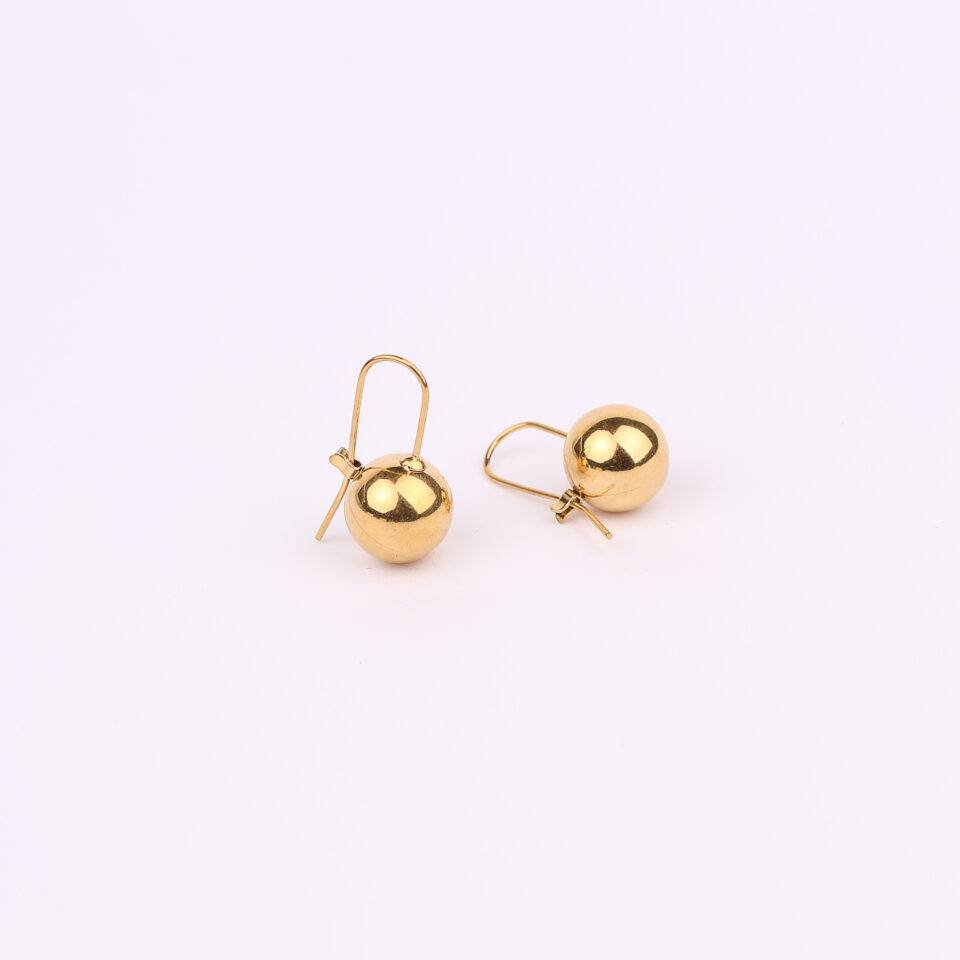

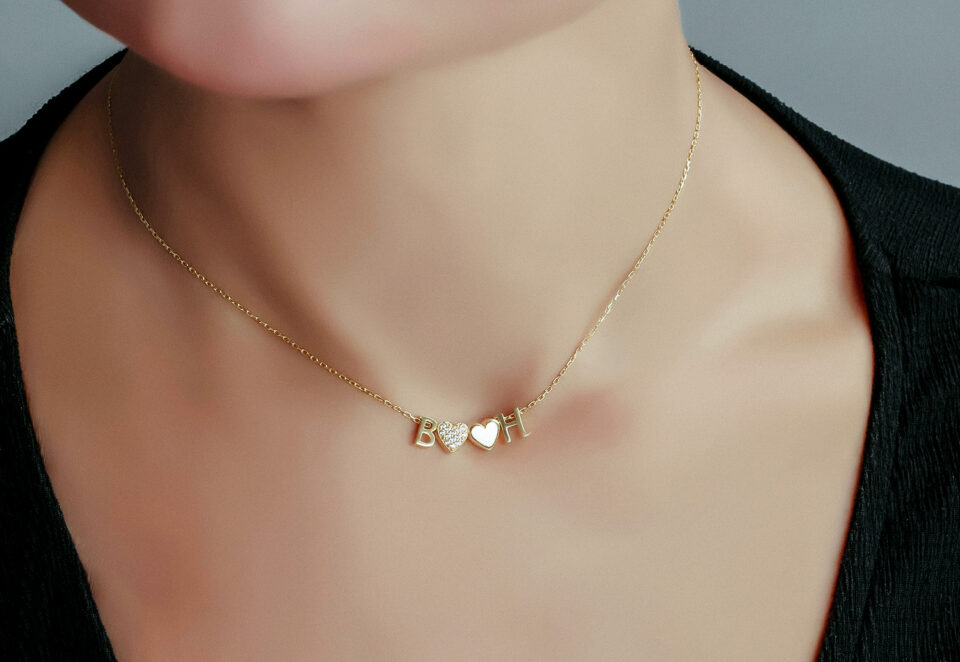
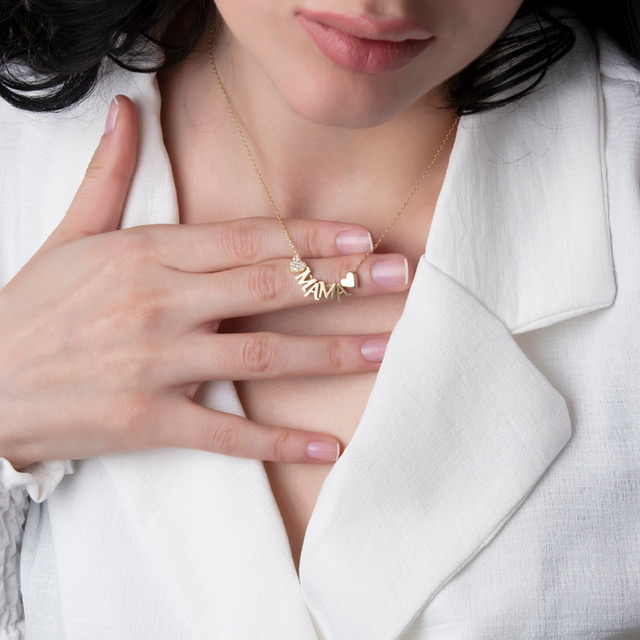
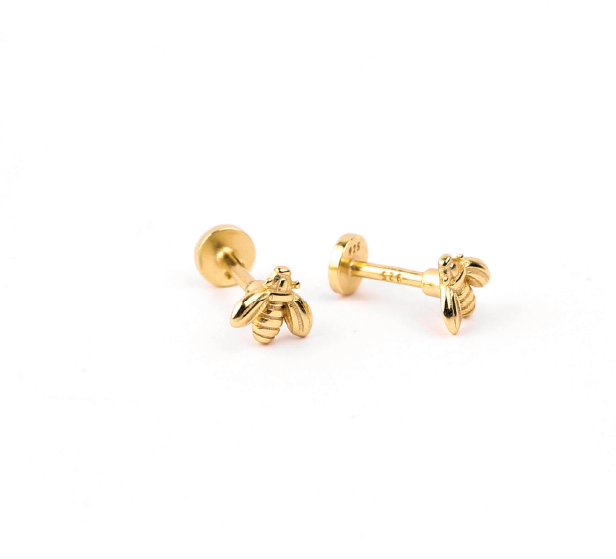
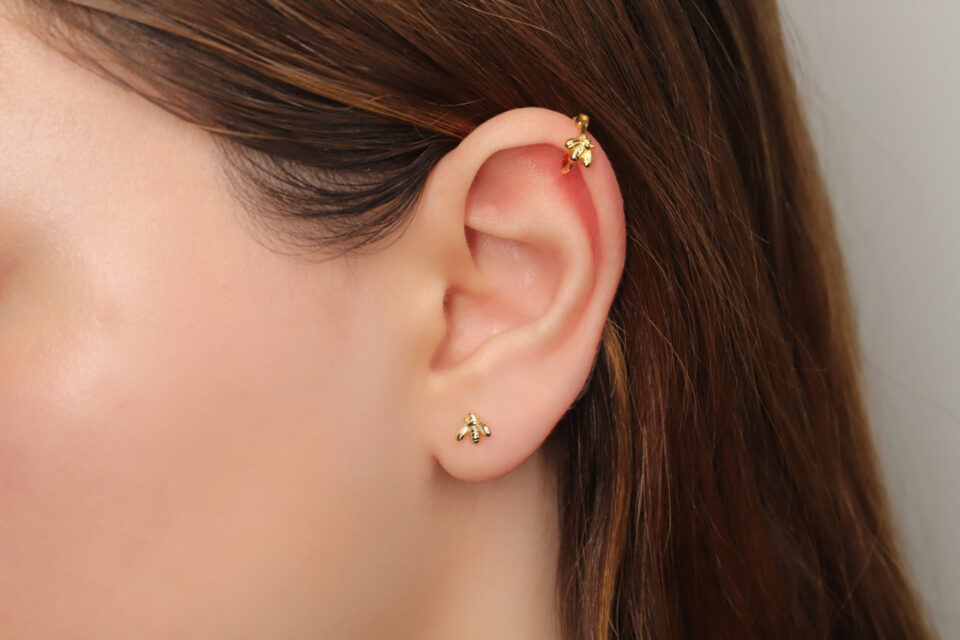
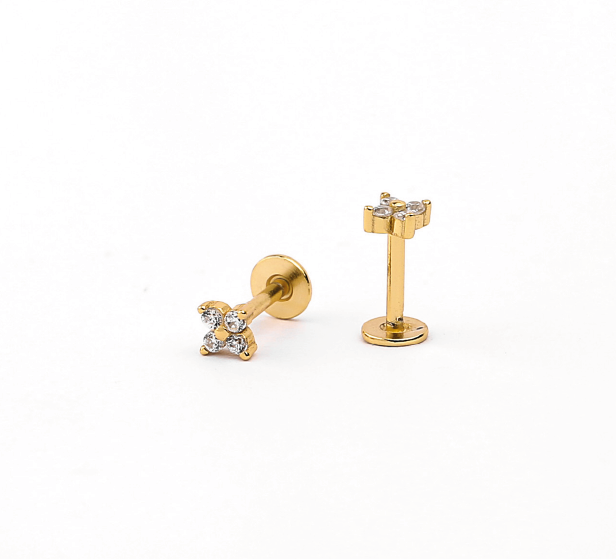

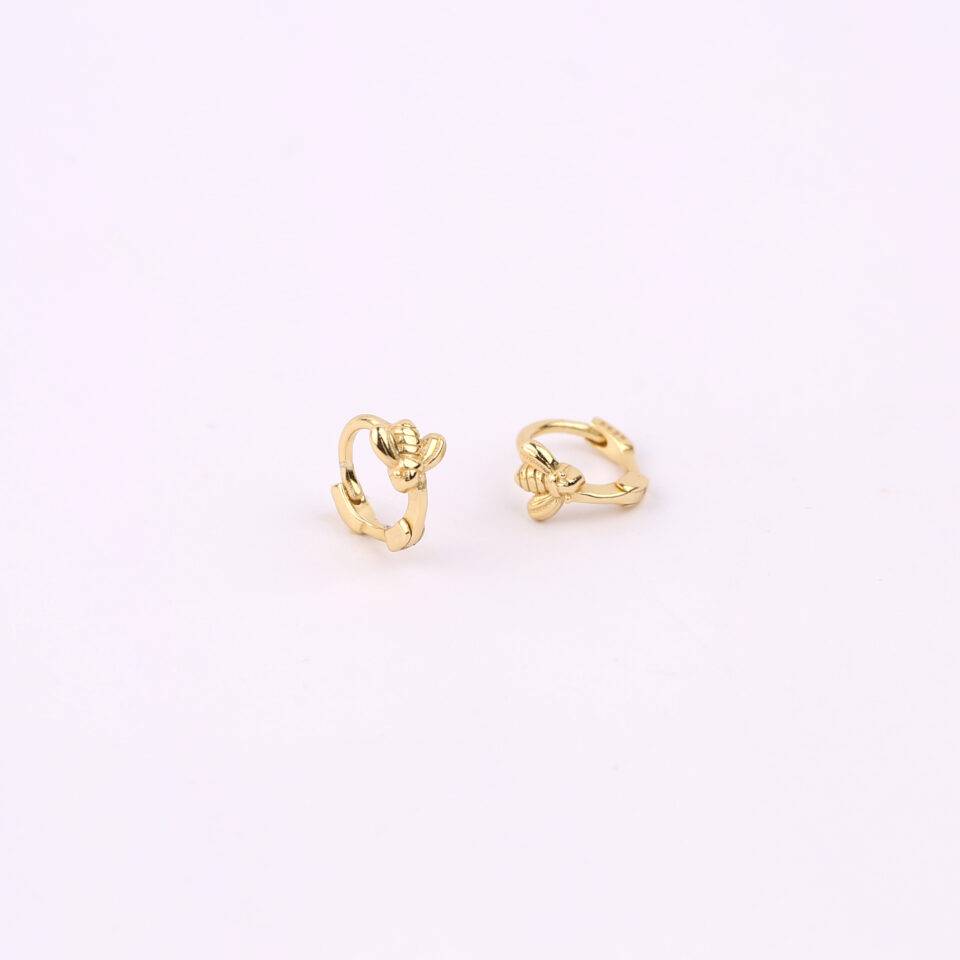
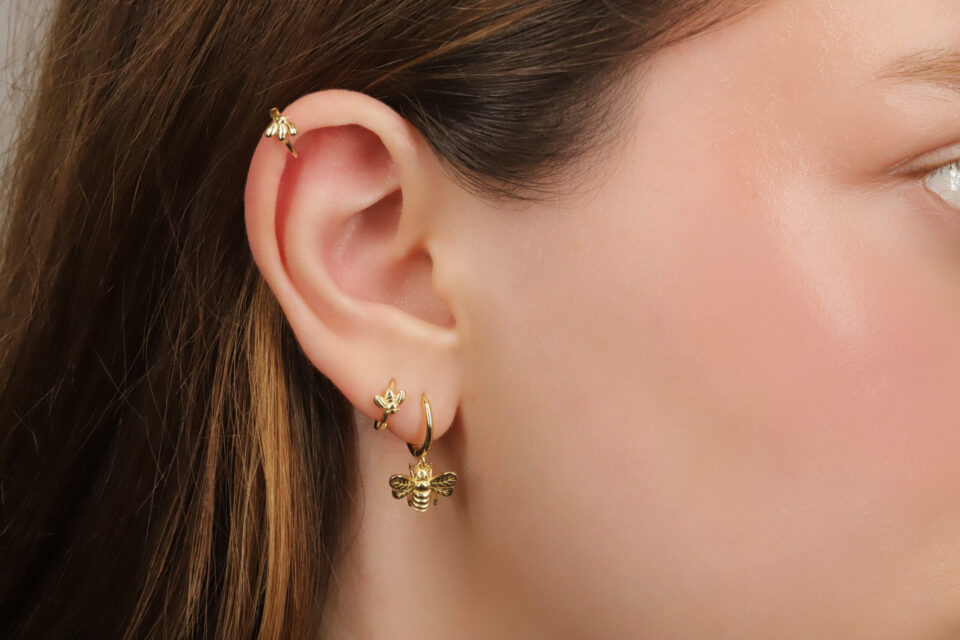

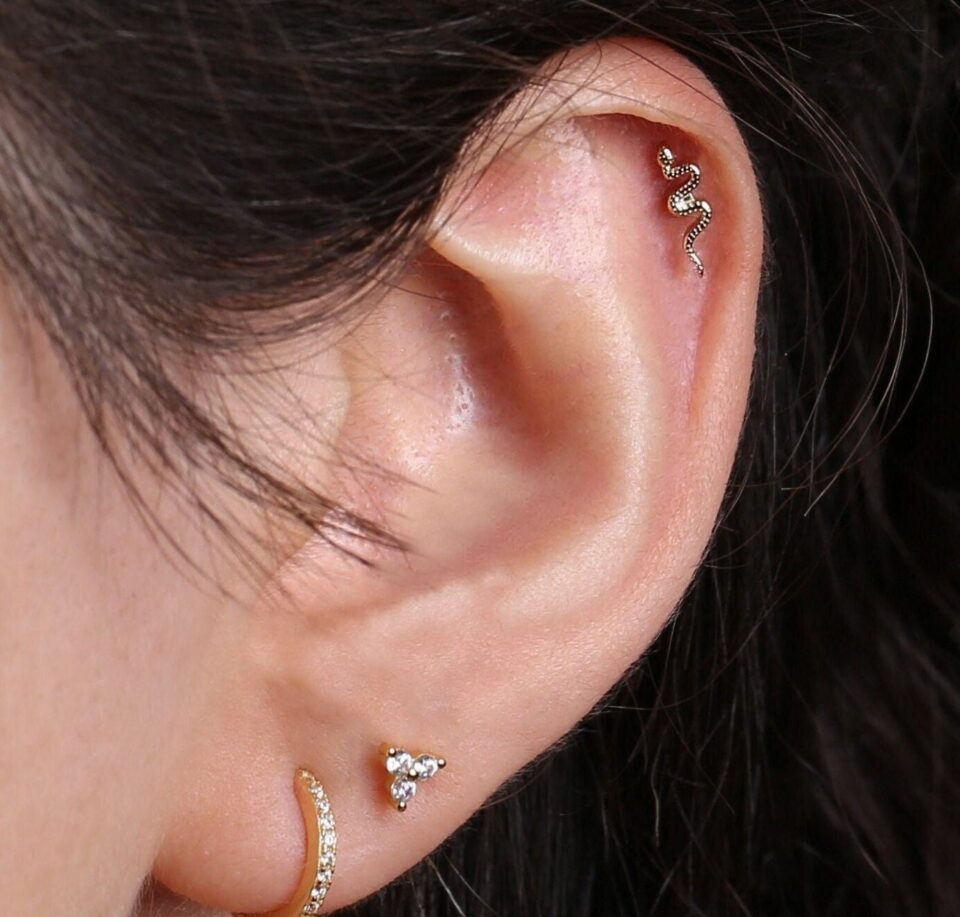

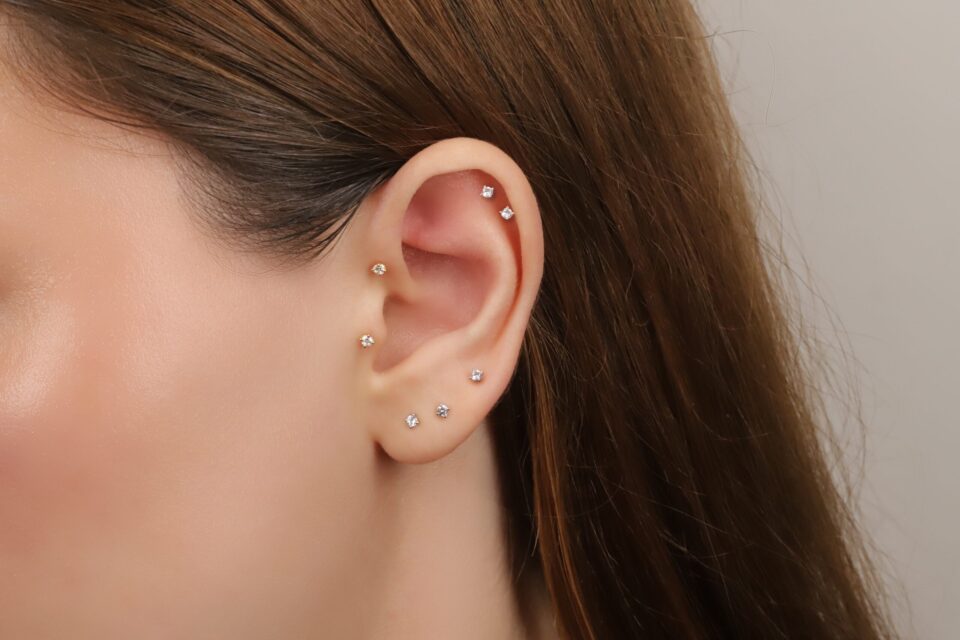
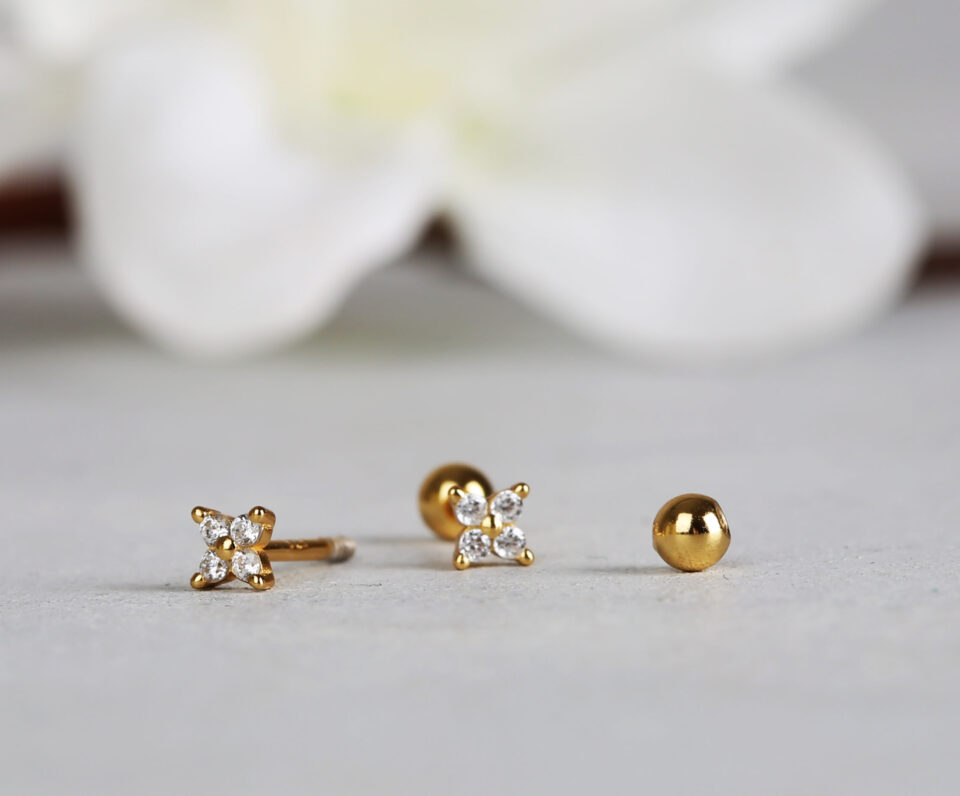

[…] have held significant cultural and historical importance across various civilizations throughout history. They served as more than just decorative […]